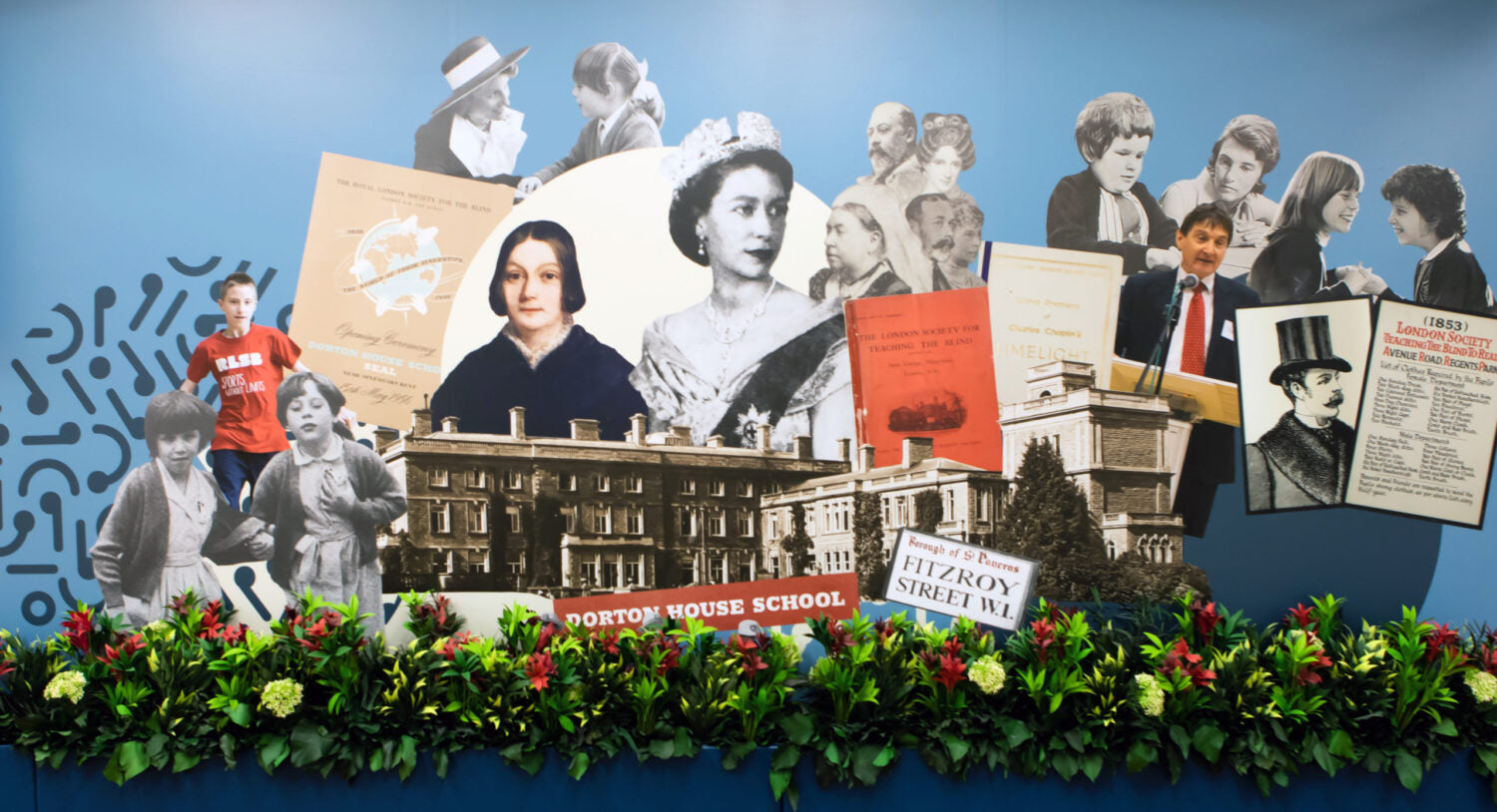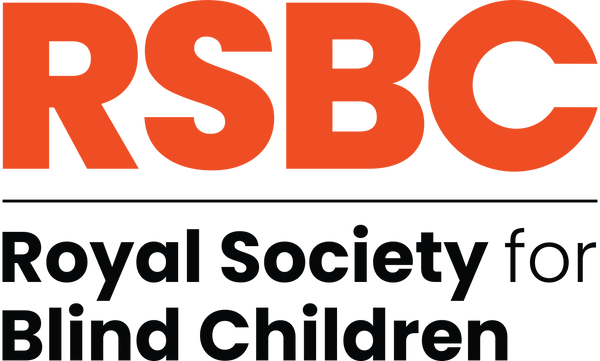
Our History
For almost two centuries we’ve proudly worked with blind and partially sighted people to live life beyond vision impairment.
The charity we are today is a result of organisations joining together. On 1st January 2017, the Royal London Society for Blind People merged with the Royal Society for Blind Children.
Read more about those organisations and the journey we’ve travelled so far.
Royal Society for Blind Children, formerly Royal Blind Society for the UK
1884 - Present
The charity began over 150 years ago, when Thomas Pocock created The Protestant Blind Society, a charity to make small grants to blind and partially sighted people in need. It continued to make small grants up to the 1960s.
In 1884, the charity was renamed The Blind Pension Society, and three years later, in her Golden Jubilee Year, Queen Victoria became patron of the Society and the charity became The Royal Blind Pension Society. As the role of the charity developed, it began to provide specialist holidays, running over 19,000 of them for blind and partially sighted people until 2014.
In 2000, the charity’s name changed again, this time to the Royal Blind Society for the UK, which reflected the wider scope of its work. A subsequent merger with the Eyeless Trust in 2013 saw the charity develop a new focus on supporting vision impaired children and their families, through a national Family Support Service.
Reflecting this change, the charity changed its name for the final time in 2015, becoming the Royal Society for Blind Children.
The Royal London Society for Blind People
1838 – 2016
The Royal London Society for Blind People (RLSB) started its journey on 12 January 1838, when Thomas Lucas established The London Society for Teaching the Blind to Read in the city of London. He introduced his own form of embossed type – Lucas Type – which, over time, was replaced by Braille.
Over the years, the Society’s school slowly expanded, moving to locations across London before heading to Aylesbury during World War II and, eventually, to Seal in Kent. RLSB also ran a homeworker’s scheme and workshops through the 1900s to help vision impaired adults to learn a trade and find work. A college and nursery were later established in Seal, alongside the school, enabling RLSB to support more children and young people. The Society also introduced new community-based services to engage young people in social and peer groups and offered employability support.
